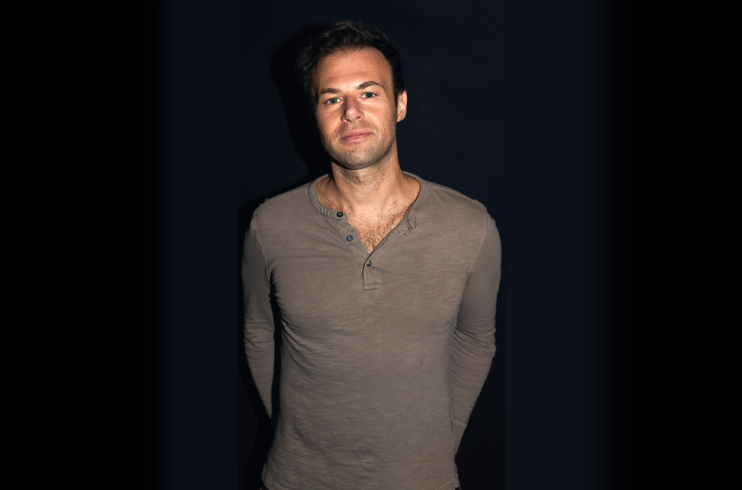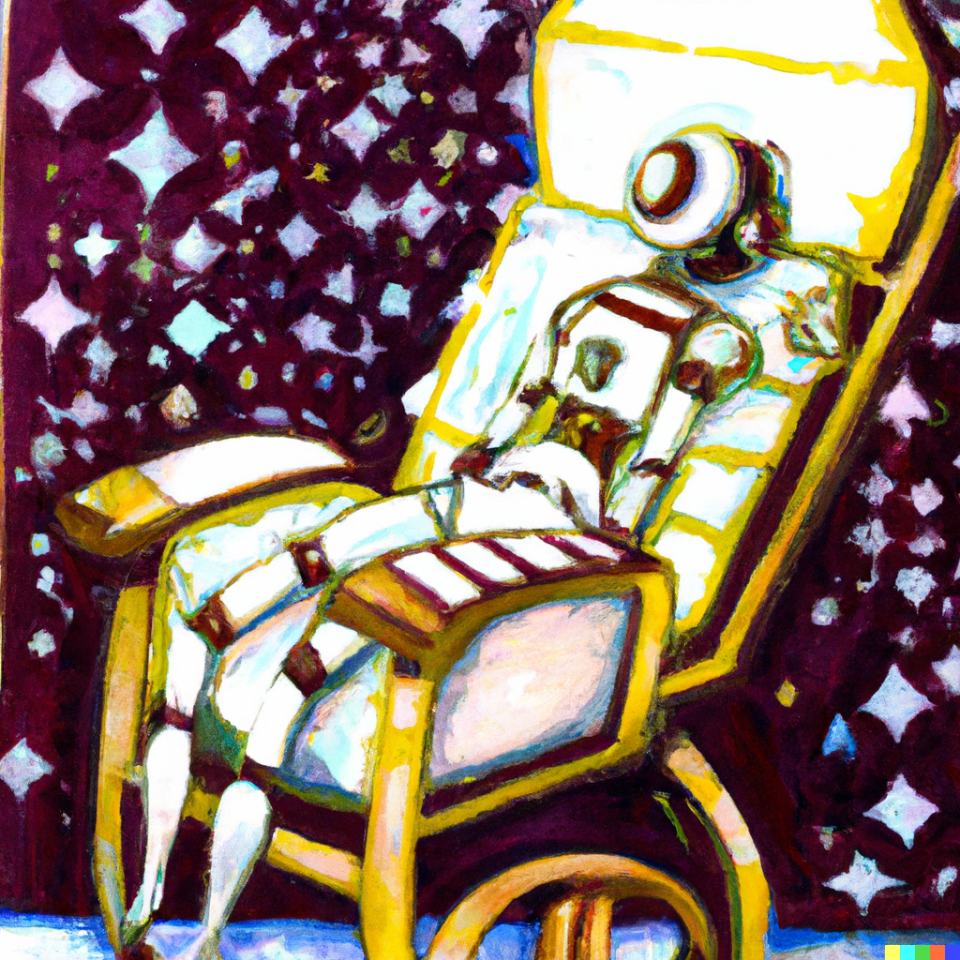How mixed reality can revolutionise audience interaction and provide revenue streams

by Alex Kane, CEO Volta
The emergence of new technologies is fundamentally changing the role of music, relegating it to a component of an artist’s brand and in turn resulting in a new art form: interactive experiences, monetized by in-experience purchases.
More than 100,000 tracks are being uploaded to streaming services every day, up from 70k just 18 months ago and the vast majority of them have 0 or 1 listens. As more and more people use services like Spotify as a way to discover new music this trend has real implications for musicians wanting to be heard.
As the quantity of content increases, artists’ ability to be discovered drops and they need to find innovative ways to distinguish themselves.
It’s all about experience
When it comes to live performance, the spectacle has become more important than instrumental virtuosity. Immersive and interactive experiences are becoming the norm.he need to make bigger and more unique spectacles has grown dramatically in the past 20 years and is increasingly exacerbated by new technologies such as game engines and generative artificial intelligence. Interaction and influence will overtake passive consumption, opening up new ways to monetize and potentially replacing ticket sales.
Generative AI and game engines
The most impressive aspect of generative AI isn’t the automation but the output itself, and it’s easy to see why.
Type in “an art nouveau painting of a robot sitting in a lounge chair made of stars” into DALL-E and Stable Diffusion and within 10 seconds images are generated:

New technologies compel us to forego agency in favour of convenience. Generative AI will force us to ask ourselves, why do the heavy lifting of drawing your own art nouveau robot when Stable Diffusion can do it for you?
Novel creativity must be integrated into a more meaningful and holistic output. Game engines act as nexuses for traditional media, human interaction, and new technologies, making them powerful tools for a full spectrum of creative outputs. They are complex but can ingest any interface with a computer and output it into a cohesive whole.
The combination of these two technologies bring the next logical question: what is the role of the artist and thus the audience?
What role do future artists play?
Deadmau5, Gorillaz, Richie Hawtin, Bjork, Nine Inch Nails and countless others have carefully crafted identities, narratives and visual universes to embody their music bringing it to life through interactive, immersive experiences.
Take one of the most iconic acts in modern music, Daft Punk. Their genius wasn’t in their musical ability but their artistic sensibility, meticulous curation of samples and technical production to create their sound, their dedication to fully owning a creative identity and how this manifested on their last tour and debut of The Pyramid stage design.
To some this was a novel artistic act, but it also initiated a shift in cultural expectations of what a concert should be.
These new technologies, combined with the need for artists at all levels to find new methods to stand out and get paid, will lead to the next phase – interactive entertainment.
Influence over the art
Initially, this will take the form of interactions like keywords via chat windows, donations and buttons/widgets via streaming platforms, apps and web apps.
At first, artists will supplement their income with these paid interactions but it is easy to see how they become their primary source of revenue.
For example, Tracy Chan, Twitch’s head of music said, the median number of concurrent viewers an artist needs to make $50k/year or more is only 183. Compare that to the unit economics of $417k in royalty payments Daft Punk made from Get Lucky on a record breaking +100 million streams on Spotify.
Over time, the scope will expand to cover narratives, aesthetics, interactive experiences, and the direction of artists’ identities. Influence ownership will replace asset ownership, making art active and engaging fans to create communities that blur the line between them and the artist.
In the future artists will have to balance how much creative control to retain vs how much to relinquish. The more they relinquish, the more invested their fans become and start evangelising for the artist and their community.